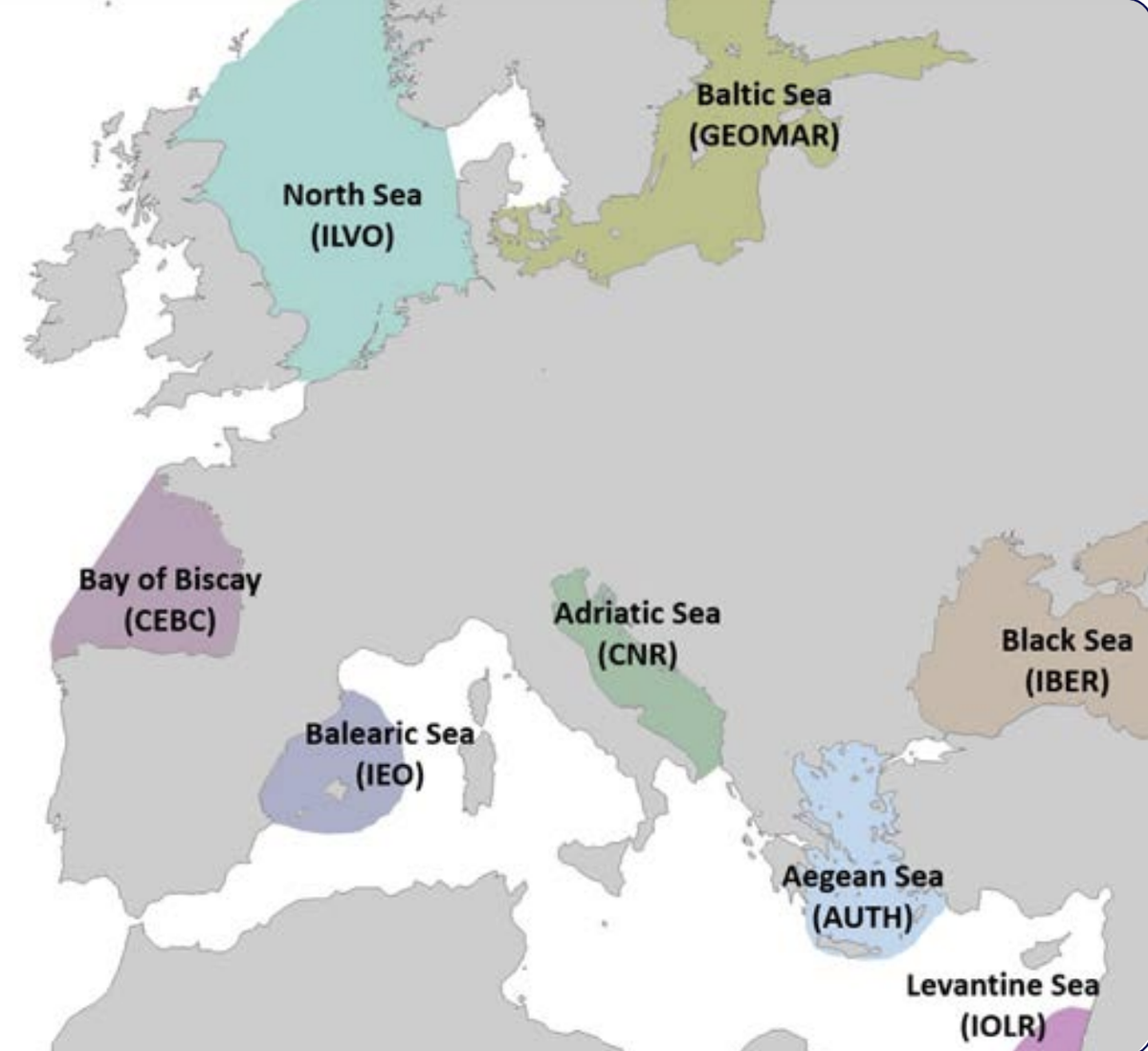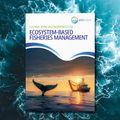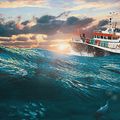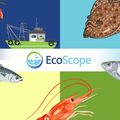EcoScope report sheds light on fishing methods, estimates illegal activity
Researchers of the EU-funded EcoScope project are publishing a report on fishing activities across the Mediterranean and European regions of the Atlantic, particularly the Baltic Sea, the North Sea and the Bay of Biscay.
“Our study has revealed how all EcoScope case study areas are currently being exploited by all fishing gears identified, except for the Baltic Sea by drifting longlines and the Levantine Sea by purse seines,” noted Carmen Ferrà, one of the study’s authors.
“Within the Mediterranean, the Adriatic emerges as the case study area with significantly higher values of fishing hours for all gears, while in the Atlantic it is the Bay of Biscay where all fishing gears but dredges have shown hotpots of activity,” she added.
Notably, for the first time, the study includes an estimate of “potential hidden trawling fishing hours”, thus potential illegal, unreported and unregulated fishing, based on calculations of the workflows related to specific fishing stocks, and thereby identifying the stocks affected in the relevant activity hotspots.
“The application of the workflow to the Mediterranean revealed hidden trawling activity in all case study areas and allowed us to discover that up to about 1% of the trawling hours deployed is underestimated if the hidden activity is not considered,” explained Ferrà, adding that results of the team’s analyses indicated that the bulk of the hidden fishing activity in the hotspots likely correspond to illegal fishing activities.
Compared with other fishing methods, trawling emerged as both the most extensive and most intensive fishing activity, reaching on average more than 10,000 fishing hours per half-degree cell in the areas examined, which is around 2955 km² at 40° north, over the course of five years (2015-2020). More than a thousand fish species inhabit areas deemed to be significantly trawled, including some 69 species in the Atlantic and 83 in the Mediterranean that are classified as threatened with extinction. Additionally, of the 118 cartilaginous fish species found in the case study areas, 20 are currently being fished commercially, though 15 of those species are listed as threatened. Potential accidental bycatch species include 5 reptile species and 33 sea mammal species in the Atlantic, and 3 reptile species and 14 sea mammal species in the Mediterranean, Ferrà noted.
A map included in the report showed how the intensity of trawler fishing hours varied across the Mediterranean during the five years examined, with particularly heavy fishing seen in the Adriatic Sea and other regions along European coasts.

Average fishing hours performed by trawlers in the Mediterranean and Black Sea during the period 2015-2020 (aggregated data from GFW at 0.5 degree)
The report, titled “Report on vessel transmitted information analysis”, was written by Carmen Ferrà, Gianpaolo Coro, Giuseppe Scarcella, Pasquale Bove, researchers at the Italian National Research Council (CNR), and produced as a deliverable within EcoScope’s current work package focusing on Climate forcing and the human impact.
The aim of the study was to use historical and up-to-date vessel-transmitted information to perform fleet and area-specific analyses in order to detect fishing patterns, including illegal activities, as well as identify gear types in the case study regions. “Analyses performed within this task provide useful information regarding the spatiotemporal variability of fishing activities and their potential catch composition,” the researchers said.
“Fishing effort in each case study will be used to inform stock assessment models, including multi-species models and fisheries management models (WP5) as well as ecosystem models and simulators (WP6) for improving the engagement with users (WP8),” they added, referring to upcoming EcoScope project work packages.

Map of the European and Levantine Seas highlighting 8 case studies regions investigated





